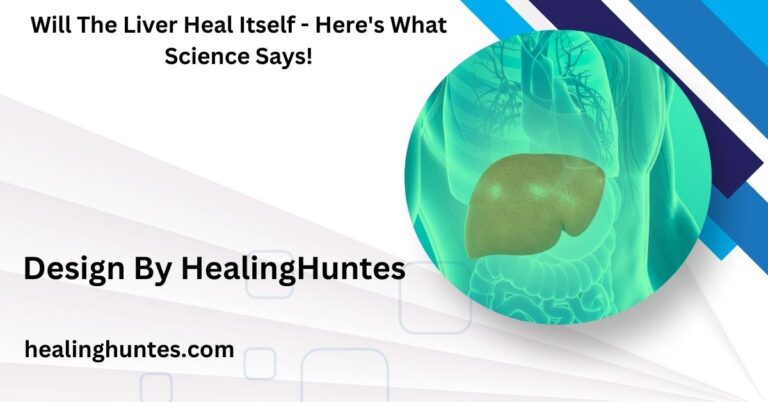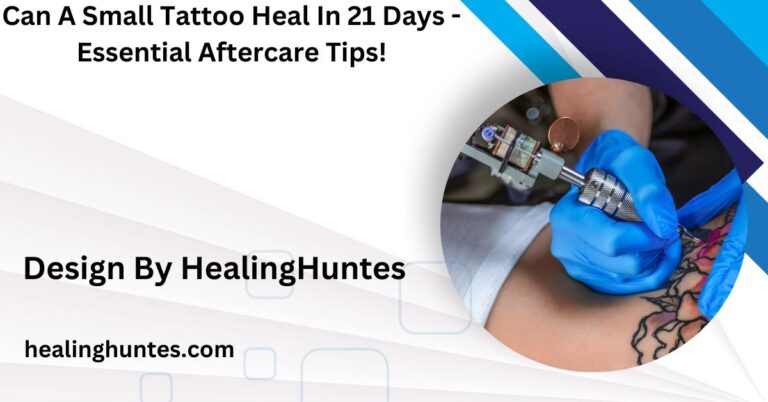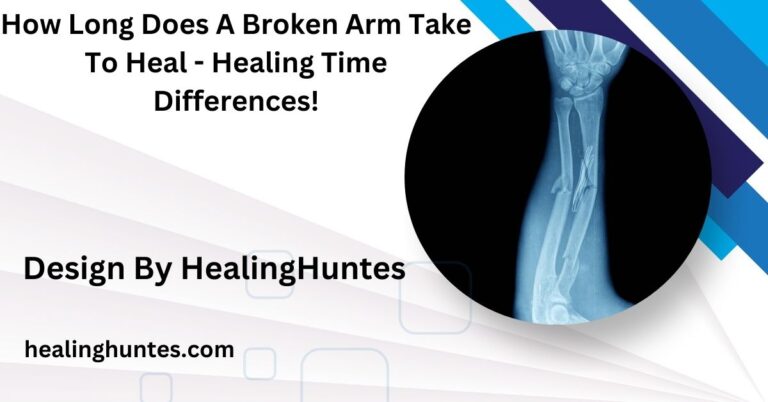Microblading Healing Process – Your Ultimate Survival Guide!
The microblading healing process involves stages of scabbing, peeling, and pigment stabilization, requiring patience and proper aftercare for natural, long-lasting results.
This guide breaks down each phase, providing tips and insights to ensure a smooth recovery and optimal results.
What Is Microblading:

Microblading is a semi-permanent makeup technique designed to enhance eyebrows by creating fine, hair-like strokes using pigment. The procedure involves a handheld tool with tiny needles that deposit pigment into the upper layers of the skin. This technique is ideal for those with sparse or uneven brows, helping them achieve a more defined shape and fuller appearance.
Benefits of Microblading:
- Natural Results: Mimics the appearance of real eyebrow hair.
- Long-Lasting: Results can last up to two years with proper care.
- Low Maintenance: Reduces the need for daily eyebrow makeup.
Stages of the Microblading Healing Process:
The healing process is divided into several stages, each lasting a few days to a week. Understanding these stages helps you manage expectations and care for your brows effectively.
Day 1: The Initial Reaction
Immediately after the procedure, your brows will appear darker and more defined than expected. This bold look is temporary and occurs due to the fresh pigment sitting on the skin’s surface. Mild redness or swelling may also occur, but it typically subsides within a few hours.
Days 2-4: Scabbing and Drying
As the healing begins, a thin layer of scabbing will form over the treated area. This is a normal part of the process, indicating that the skin is repairing itself. Avoid touching or scratching the scabs, as this can lead to uneven pigment retention.
Also Read: Teeth Taken Out How Long To Heal – Tooth Extraction Healing!
Days 5-10: Peeling and Flaking
During this phase, the scabs begin to flake and peel. Your brows may appear patchy or uneven, which is completely normal. The pigment may seem lighter or faded as the skin exfoliates, but it will gradually stabilize.
Days 11-20: Pigment Softening
By this stage, the brows start to settle, and the pigment takes on a more natural tone. Any initial boldness fades, revealing a softer appearance. This period is critical for the final results, so continue following your aftercare routine.
Days 21-30: Final Recovery
Around the end of the first month, your brows will have fully healed. The pigment stabilizes, and the true color and shape become visible. If needed, a touch-up session can be scheduled to address any uneven areas or to enhance the results.
Tips for Managing the Healing Process:

Stay consistent with aftercare by keeping your brows clean and moisturized as directed. Avoid scratching or picking scabs to prevent infections. Protect your brows from excessive sun exposure and water to support even pigment retention.Proper care during the healing process ensures optimal results and reduces the risk of complications.
Follow Aftercare Instructions:
Your technician will provide detailed aftercare guidelines. These typically include avoiding water, sweat, and makeup on the treated area for the first 7-10 days. Follow these instructions carefully to protect the pigment and support healing.
Avoid Picking or Scratching:
As tempting as it may be, refrain from touching or scratching the scabs. Doing so can disrupt the healing process, leading to pigment loss or uneven results.
Also Read: How To Heal Bitten Tongue Faster – A Complete Recovery Guide!
Protect Your Brows From Moisture:
Activities that cause excessive sweating or water exposure, such as intense workouts, swimming, or saunas, should be avoided during the initial healing phase. Moisture can interfere with pigment retention and prolong the healing time.
Use Healing Ointments Sparingly:
Apply only the recommended ointments in thin layers to avoid clogging pores. Overuse of products can slow the healing process and affect the final appearance of your brows.
What to Avoid During Microblading Healing:

Avoid touching or scratching your brows to prevent irritation or infection. Refrain from applying makeup or skincare products near the area. Stay away from activities like swimming, excessive sweating, or sunbathing until the brows are fully healed.Certain activities and habits can disrupt the healing process and affect the final results.
Avoid Makeup and Skincare Products:
Keep makeup, creams, and other skincare products away from your brows for at least 10 days. These can irritate the skin or introduce bacteria, increasing the risk of infection.
Limit Sun Exposure:
UV rays can fade the pigment and delay the healing process. Avoid direct sun exposure during the first month, and use an SPF 30+ sunscreen once your brows have healed.
Skip Facial Treatments:
Avoid chemical peels, exfoliation, and other facial treatments near the brow area for at least four weeks. These procedures can disturb the healing skin and affect pigment retention.
Also Read: How Long Does It Take To Heal From Hernia Surgery – A Complete Guide!
Common Concerns During Healing:
It’s normal to experience redness, scabbing, or mild itching during the healing process. Pigment may initially appear darker but will lighten over time. If swelling or irritation persists, consult your microblading artist for guidance. Here are some common concerns and their explanations.
Uneven Brows:
If your brows look uneven or patchy during healing, don’t panic. This is a temporary phase as the skin repairs itself. Most imperfections resolve naturally or can be corrected during the touch-up session.
Fading Pigment:
The pigment may appear lighter during the peeling phase, but it will darken slightly as the skin heals. This is a normal part of the recovery process.
Itching or Discomfort:
Mild itching is common and indicates healing. Avoid scratching, and apply a soothing ointment if recommended by your technician. Persistent redness or swelling should be reported to your technician.
How Long Does It Take to Heal Completely:
The microblading healing process takes approximately 25-30 days. While the initial scabbing and peeling phase lasts about 7-10 days, full recovery occurs over the next three weeks as the pigment settles and the skin regenerates.
Factors Influencing Healing Time:
- Skin Type: Oily skin may take longer to heal.
- Age: Younger skin tends to heal faster than mature skin.
- Aftercare Adherence: Following aftercare instructions can significantly speed up recovery.
FAQ’s
1. How soon can I wash my face after microblading?
You can gently wash your face after 24 hours, avoiding the brow area to prevent moisture exposure.
2. When can I start wearing makeup again?
Avoid applying makeup to your brows for at least 10 days to ensure proper healing and pigment retention.
3. Is it normal for my brows to peel and flake?
Yes, peeling and flaking are common during the first week. Avoid picking at the flakes to prevent uneven healing.
4. Can I exercise during the healing process?
Intense workouts that cause excessive sweating should be avoided for the first week, as sweat can interfere with healing.
5. Do I need a touch-up after my brows heal?
A touch-up session 4-6 weeks after the initial procedure is typically recommended to perfect the shape and color.
Conclusion
The microblading healing process is a transformative journey that demands patience and diligent aftercare. Understanding each stage—from initial tenderness to the final color settling—helps set realistic expectations and ensures optimal results. By following aftercare instructions, being gentle with your brows, and trusting the process, you can achieve beautifully natural, long-lasting brows that enhance your appearance and confidence.






